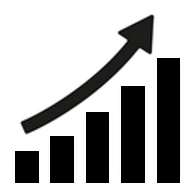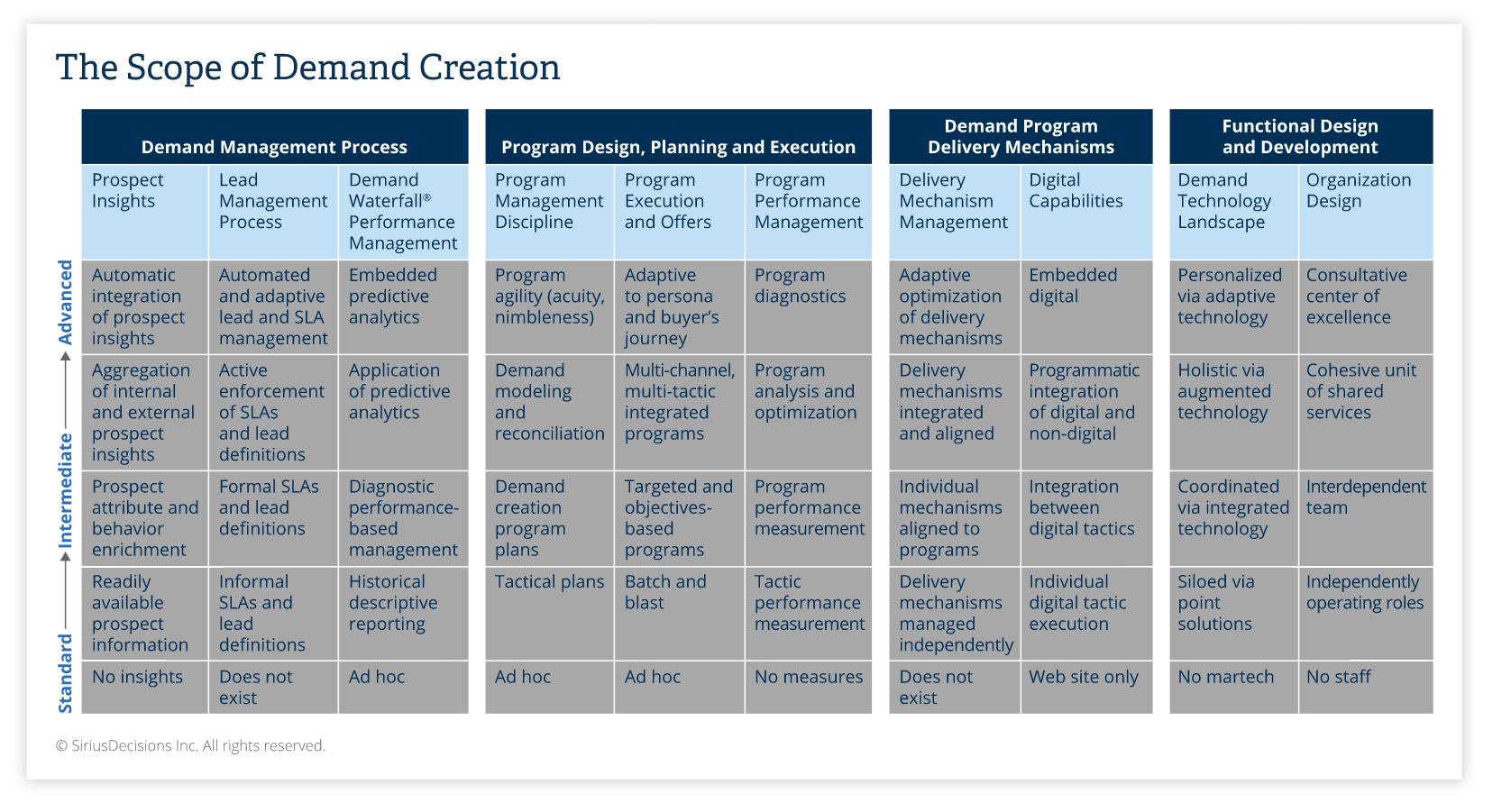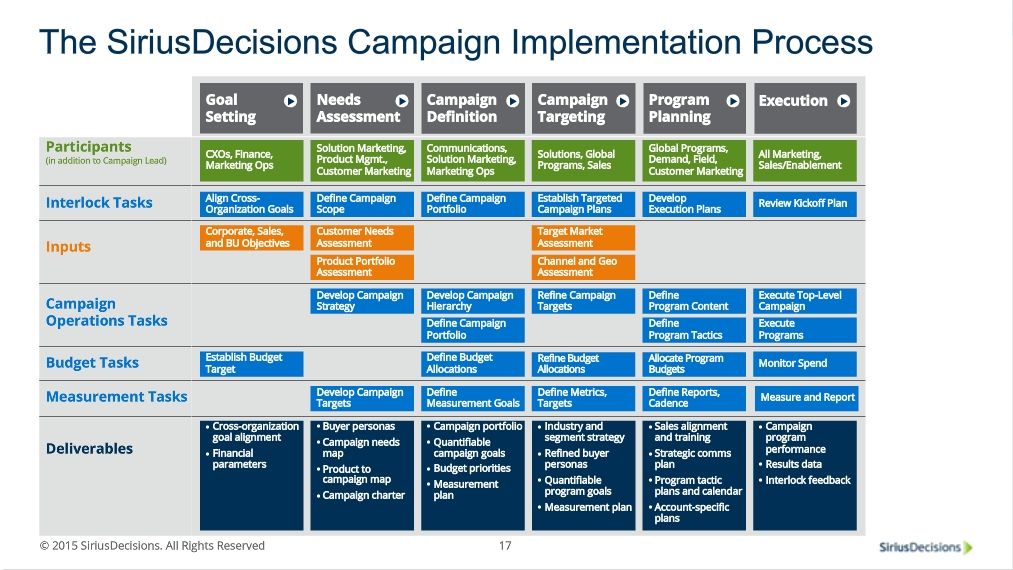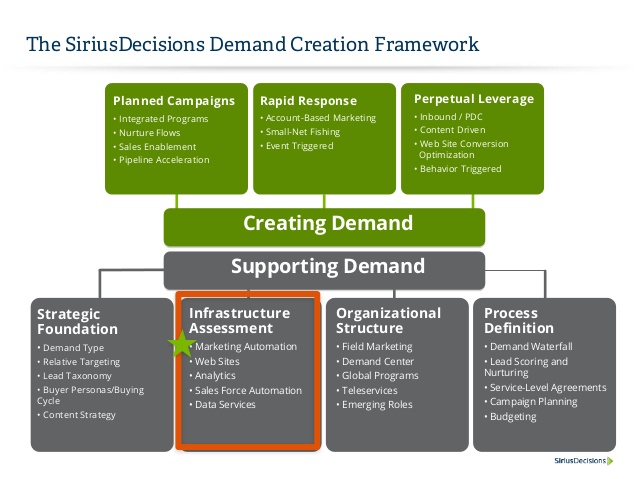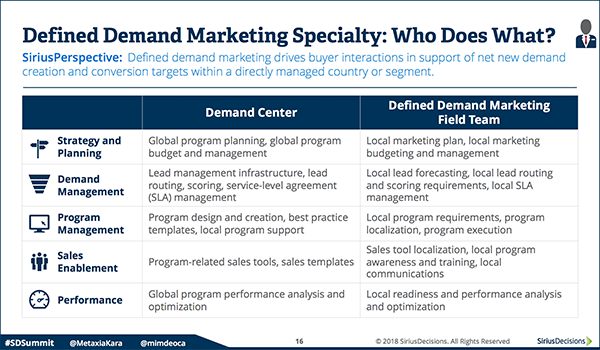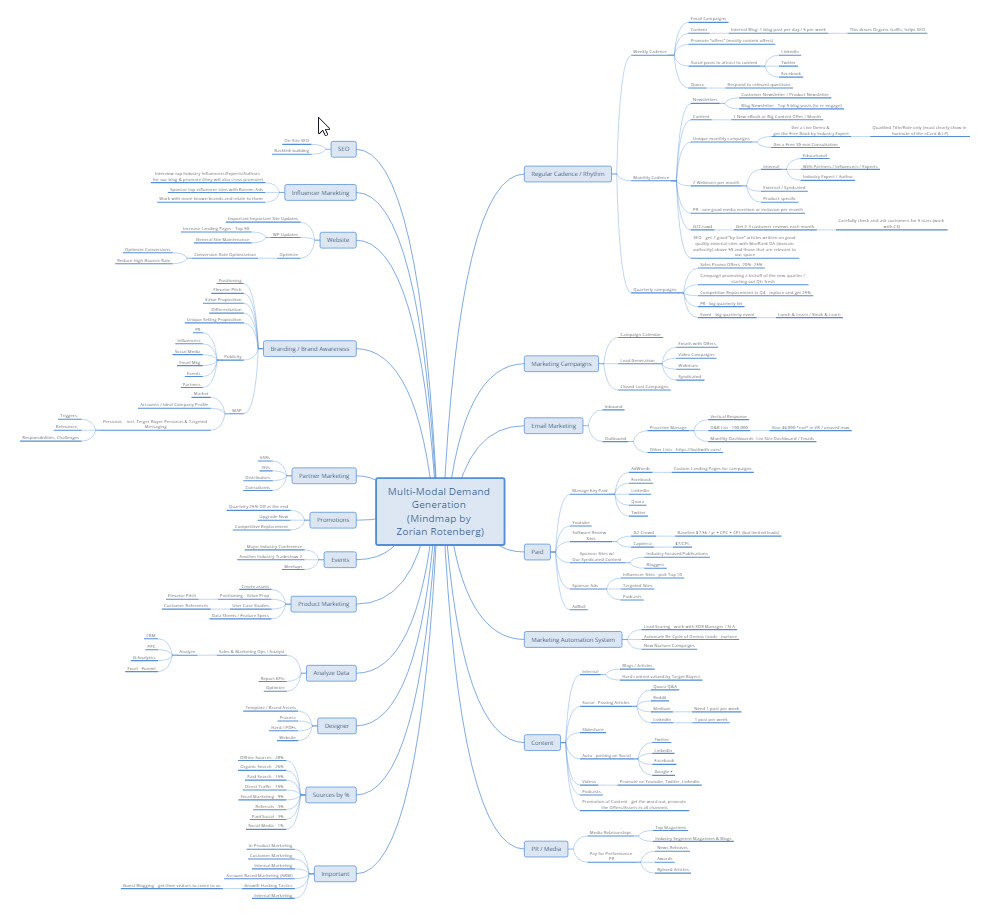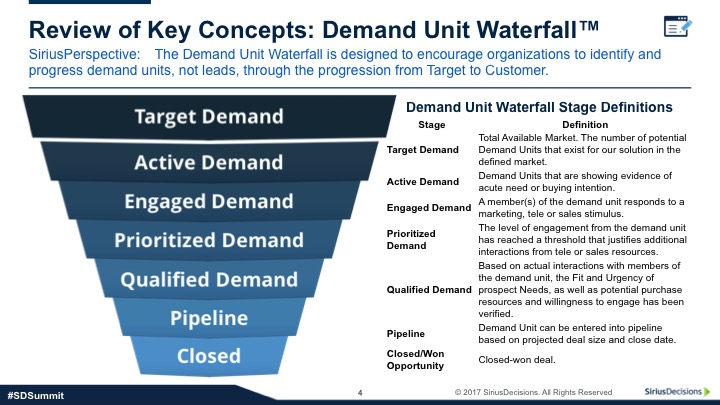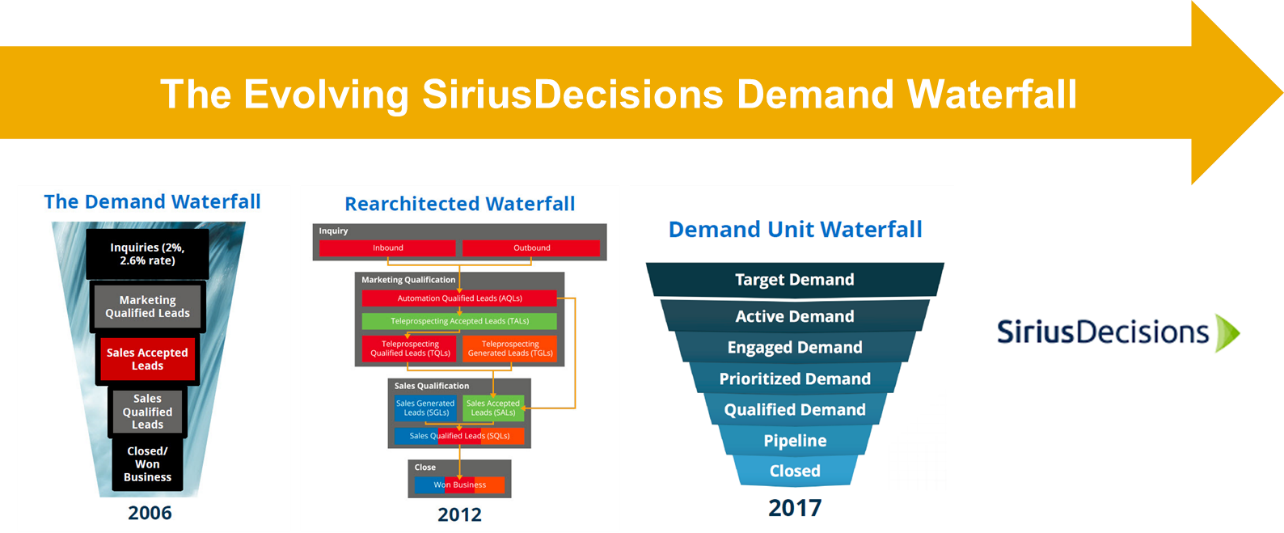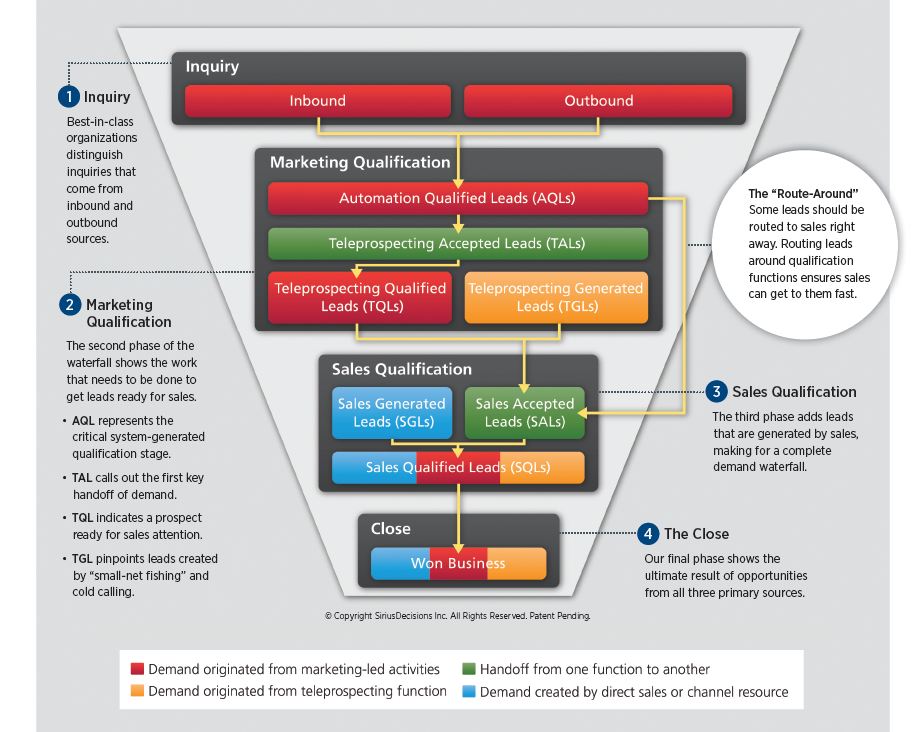Leads are the fuel for a successful B2B sales team. And leads are generated via a solid Demand Generation / Lead Generation function which is usually part of marketing.
Jason Lemkin and Aaron Ross wrote in their best-selling book “From Impossible to Inevitable”:
“Lead generation is the #1 lever that drives revenue growth, and can create hypergrowth. You’ve been trying to grow your leads, and thus sales, but it’s been harder than you expected … maybe a lot harder.”
Every good VP of Sales or a CRO (Chief Revenue Officer) must first and foremost have an effective and well-oiled Demand Generation machine supporting the sales team’s success. Every VP of Sales knows that to hit the number there must be a predictable lead flow. And it goes without saying that a “lead” is not some cold name but is actually qualified prospective buyer who raised a hand – these types of leads are typically generated by your Demand Generation team within Marketing (and sometimes by Outbound SDRs who are typically part of the sales team).
Jason Lemkin and Aaron Ross also warned:
“If you can’t predictably generate leads and opportunities… win them, and do it profitably, you’re gonna struggle.”
In other words, if you don’t have a Demand Generation machine in place then the VP of Sales and the sales team will struggle in hitting the number. And this is why I am writing this article – so that other CEOs, CROs and VPs of Sales really understand what they need to help drive revenue growth and to ensure they don’t develop a wrong strategy or hire the wrong people via a misunderstanding that Content Marketing or Inbound will generate the requisite lead flow they need to drive sales.
What is B2B Demand Generation?
B2B Demand Generation is a “Revenue-focused” B2B Marketing function that creates interest and inquiry in the company’s product or service and directly drives sales pipeline and ultimately accelerates revenue. Demand Generation comprises the strategy, process, budgeting and the investment analysis to measure the ROI plus deep data analysis, implementation of tech stack and automation systems, multi-modal and multi-channel motions, the corresponding techniques, and a set of targeted & focused programs and campaigns (and targeted execution of these programs for measurable ROI) that drive the acquisition of *qualified leads* which directly affect and grow the sales pipeline and are “revenue-focused”. It’s a very process-oriented function and requires an operational and organizational skill set. Finally, it’s a very metrics-driven and analytical area of marketing rather than a creative one and requires consistent measuring and deep analysis. [Note: I use B2B Demand Generation, Demand Generation, Demand Creation and Lead Generation synonymously – please see the footnote below regarding this terminology*]
Here are the key points of Demand Generation:
- “Revenue-focused” B2B Marketing function (it’s not focused on the brand or other more creative areas of marketing)
- targeted & focused programs
- $ budgeting and the investment analysis to achieve requisite ROI (and deep data analysis to improve ROI)
- drive the acquisition of *qualified leads* (not just any low-scoring leads)
- directly grow the Sales Pipeline
- process engineering and operational focus – requires process engineering expertise
- metrics-driven and analytical function that requires consistent measurement and deep analysis
Demand Gen is about getting prospective buyers in your target market to take action towards a point of expressing interest (even high-level – i.e. hand raisers) and then cultivating or nurturing these leads to a point where they are leveled up and are sufficiently high-scoring that they are now either MQLs or SQLs and are therefore *qualified* to be passed over to the sales team and can then be counted on to convert well into Opportunities in the Sales Pipeline. That is the aim of Demand Generation. The “Demand Gen / Lead Gen” process starts first with creating targeted awareness to attract interest that causes prospective buyers to express their interest via an inquiry. And this inquiry is the process of registering their contact information on your website whether it is on a traditional form or in a form of Conversational Marketing (this contact information is what your sales team needs (i.e. typically SDRs – Sales Development Reps) in order to be able to follow up on these qualified leads).
HubSpot notes that “…Demand generation programs are touch points throughout the conversion optimization and sales cycles …the goal of demand generation is to build and nurture key prospect and customer relationships for the long term.”
As you can see from the above, Demand Generation is clearly a very strategic but also a very complex B2B function and responsibility and requires a lot of knowledge and experience to be done correctly, cost-effectively and with the requisite ROI. What makes it complex is that “it is more than just a branding concept or early buyer journey marketing tactic.” (as noted by Hubspot). It should be led by a highly experienced executive or functional leader who has deep hands-on expertise because it crosses multiple different B2B marketing and sales disciplines and a lot of strategic, process-driven and operational knowledge to correctly execute this function effectively. Adding to that, it’s especially important to have a leader who has made mistakes, missteps and failed a couple of times at Demand Generation – in order to know what to avoid – see this WSJ article by Sam Walker who is the author of an exceptional book called “The Captain Class” and this WSJ article is called “The Truth About Failing Spectacularly” – quoting: “The main reason veteran leaders rarely fail dramatically is that they’ve failed before.” Leading Demand Generation requires exactly that kind of a highly experienced leader who is surrounded by an army of experienced demand gen professionals.
The Scope of Demand Generation
A good way to understand the full scope and complexity of Demand Generation is to look at the Figure below which is the “The Scope of Demand Creation” chart from SiriusDecisions (now Gartner). As it shows, there is a lot more to Demand Generation than meets the eye (and below, we detail that it’s far more than Content Marketing or Inbound Marketing). Managing Demand Generation is an expertise that can be obtained only over many years of experience and requires a lot of analytical and data-driven operational work to execute the Demand Gen strategy effectively.
Figure: “The Scope of Demand Generation”
(Source: SiriusDecisions – B2B Models)
Engineering a Process of Effective Campaign and Program Implementation & Execution
Engineering an effective “process” and managing the implementation and execution campaigns and programs that generate and nurture leads is key to Demand Generation. It’s all about Planning, Strategy and Execution (implementation) of campaigns and programs (and then measuring their progress). See the Figure below which is the “SiriusDecisions Campaign Implementation Process” chart from SiriusDecisions (Gartner). Again, Demand Generation is very complex, non-linear, requires a tremendous amount of knowledge, process engineering, strategic planning, and effective measurable execution, and operational knowledge. And again, the expertise required is something that takes many years of work of experience and understanding at a deep level what to do and especially what not to do (and it’s very nuanced, to add to the complexity).
Figure: “SiriusDecisions Campaign Implementation Process”
(Source: SiriusDecisions – B2B Models)
There is also a Process for targeting, and how to create demand and measuring. There are multiple different interlocked processes that have to be created and maintained and all of these layers of management add to the complexity of the Demand Generation function.
Figure: SiriusDecisions Demand Creation Process
Part of the process is having a framework and using sales and marketing technologies like marketing automation systems to help with some of the more complicated programmings (and automated logical flow) of campaigns as shown below.
Figure: SiriusDecisions Demand Creation Framework
Modern Demand Gen work requires planning a Demand Gen Strategy and program design which is based on experience and understanding of operations and technologies (sales & marketing tech stack) that yield the ROI on Demand Gen. Here are the questions that SiriusDecisions posted for 2019 Planning.
Figure: Demand Creation Strategies Questions for 2019 Planning
Defining the Demand Gen Specialists – Who Does What
Figure: “Defined Demand Marketing Specialty” – SiriusDecisions (2018), now Gartner.
Multi-Modal and Multi-Channel B2B Demand Generation Strategy has Many Moving Parts
This is an example of a mind map to help visualize the many integrated programs and actions that are part of a bigger, structured, and effective multi-modal and multi-channel B2B Demand Generation Strategy. As evident here, there is a lot that goes into Demand Gen and it’s not simple.
Figure: Key Parts of the Multi-Modal and Multi-Channel B2B Demand Generation Strategy.
As shown in the visualization above, Content and Inbound makes up a small part of Demand Generation. They are important pieces but they are just factors in a considerably larger equation.
Figure: SiriusDecisions – the New Redesigned Demand Unit Waterfall
The Demand Gen leader must understand the nuances and how the Demand Waterfall changed over time and why. The “under the hood” knowledge is critical to produce the best ROI.
Figure: Evolving SiriusDecisions Demand Waterfall
The Demand Gen leader must also understand the original or the 2nd version of the Demand Waterfall which was an important as it separated Marketing leads from SDR prospecting created leads. This is another “under the hood” experience picked up over time is critical to get the best ROI. The reason is that there are many techniques that were developed to generate leads based on this framework which work effectively well and can be optimized further with the 2017 Waterfall and that sustained expertise adds a lot of value to attaining the best ROI in modern Demand Gen.
Figure: SiriusDecisions Demand Waterfall – 2nd version from 2012
Finally, note that Demand Gen is not a static process or playbook that you can implement and just execute for the next year or few years. You need to regularly re-invent the system, process, campaigns, and even adjusts with the in- and out-flow of many key players on the team roster, etc.).
What else? What are some other thoughts on defining Demand Gen and how it works in the modern B2B environment to drive revenue growth?
